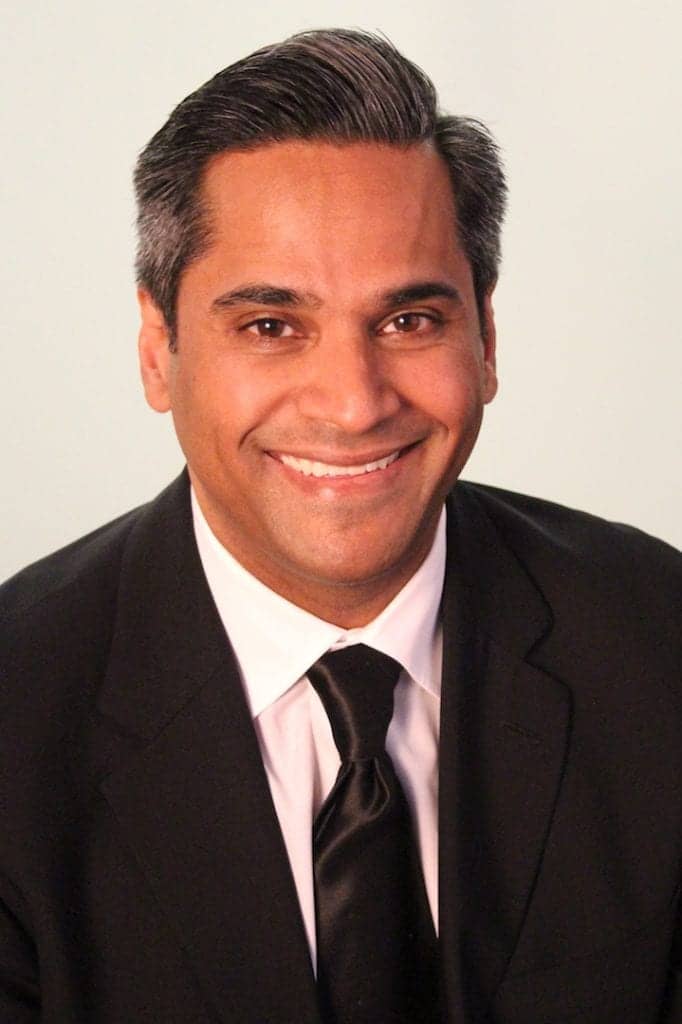By Tonya Johnson
Breast augmentation is the most common cosmetic procedure in United States today. But before you scrub up for that next surgery, Manish Shah, MD, FACS, of Shah Aesthetic Surgery in Denver, CO, says it’s important to guide patients on implant size and shape—and, in some cases, about whether the patient should get breast implants at all.
“It’s crucial to have an intimate understanding about your patient’s daily lifestyle, so you can make a good decision mechanically, about what type of implant is needed, and where to place it,” says the board-certified surgeon.
While the primary focus of Shah’s seven-figure practice is on advanced facial surgery, Shah also does between 200 to 300 breast augmentation and body contouring cases a year, making these services a large part of his practice, which also includes non-invasive microneedling, chemical peels, and more.
He sees about 15 to 20 patients per day, including women, men, and male-to-female transgender populations.
How to Evaluate Patients for Breast Implants
Shah, with his two staff members, strive to educate their patients to assist them with an informed decision for the best possible outcomes.
For example, some patients have the option to transfer fat from another part of their body to their breast, as opposed to opting for a breast implant. Though in the athletic population of Colorado, “it’s not always easy to find somebody with the excess fat,” Shah says. “That’s why 90% of my patients opt for receiving a breast implant if they’re going to do augmentation of any sort.”
Some patients also need education about what is, and what is not, actually breast. For example, Shah says that many patients will buy bras that fit their whole chest, instead of bras that fit their breast specifically. “They often have other issues that they assume are a breast issue, when really they’re body contouring issues,” he says, adding that he explains tissue specifics during the measurement process.
Shah says that the best way to get a good outcome, no matter what type of implants a patient selects, is to contour around it. “A lot of times I’ll do an implant and I’ll liposuction around it to show the breast implant and show the breast more exclusively,” he says. “Sometimes you may put an implant in that doesn’t look so good because the areas surrounding the breast were not addressed.”

Width of the breast is the most important variable Shah considers when guiding patients to an implant size with which they will be happy. “This is because the main nerve to the nipple in 90% of women is a part of the fourth intercostal space. And the wider you make a breast implant, the more likely you’re going to injure that nerve.”
What’s more, if an implant is too wide, it makes the other aspects of a patient’s day much harder. “It’s more difficult to reach around to shave your underarms, put on deodorant, and find clothes that fit properly,” Shah says. “Depending the job, lifestyle, and relationship status of the patient, they’re going to pick implants that fit their own social version of themselves.”
He tells patients about all of their options but prefers to use smooth round implants, and the majority of patients choose silicone because they like its look, the feel, and natural appearance.
When a patient has good natural breast tissue—a B- or C-cup—you can choose any implants for effective results. For A-cup body types, silicone implants are aesthetically the better option because they impart a less visible result than a salt-water or saline implant, he advises.
How much movement a patient can tolerate in their day-to-day life is important when determining placement, whether above or below the muscle. Above the muscle means there will be significantly less implant movement, so Shah advises his patients who are, for example, Crossfit trainers, police officers, and conveyor belt operators of heavy equipment, to have the implant placed above the muscle. But Shah finds that below the muscle results in less complications in the long-term, so he guides other patients—for example, a mom who works a desk job and only does cardio three times a week—to get the breast implant placement beneath the muscle.
Considerations to Discuss with Patients
Shah shares his best practices for guiding patients through the decision-making process.
Discuss their medical background and breast history.
- Does the patient have children? If so, did the patient breastfeed, and how large did the patient’s breast get during that time period?
- Is there a genetic history of breast problems in the family, such as breast cancer or benign breast conditions?
Identify the patient’s aesthetic goals and lifestyle.
- What is the patient trying to accomplish with her breast?
- Does the patient like the amount of breast that she sees in her favorite bra?
- What type of home and work life does the patient maintain? Is she athletic? Is she required to do any heavy lifting?
Find the right size and shape.
- Take extensive measurements.
- Counsel your patient in the mirror to find out what she dislikes most about her breast.
- Discuss non-related areas around the breast (such as “bra rolls”— the pinch of fat where the arm meets the chest).
Is a breast implant the right procedure?
- If the patient does not like the amount of breast that she sees in her favorite bra, then she could be a candidate for breast augmentation.
- If a patient likes the amount of breast that she sees in her favorite bra, but simply unhappy with her breast outside of the bra, then she may be a better candidate for a breast lifting and breast reshaping procedure.
Tonya Johnson is associate editor of Plastic Surgery Practice.


